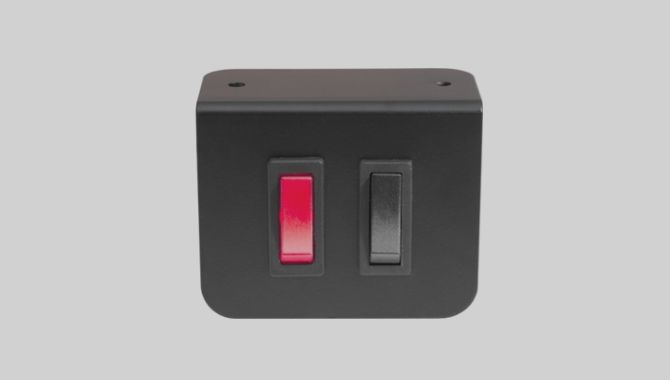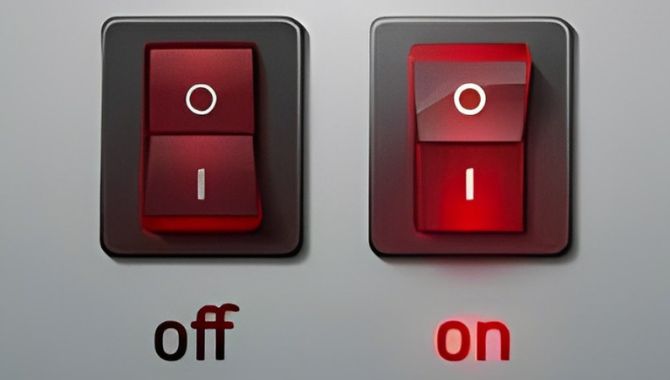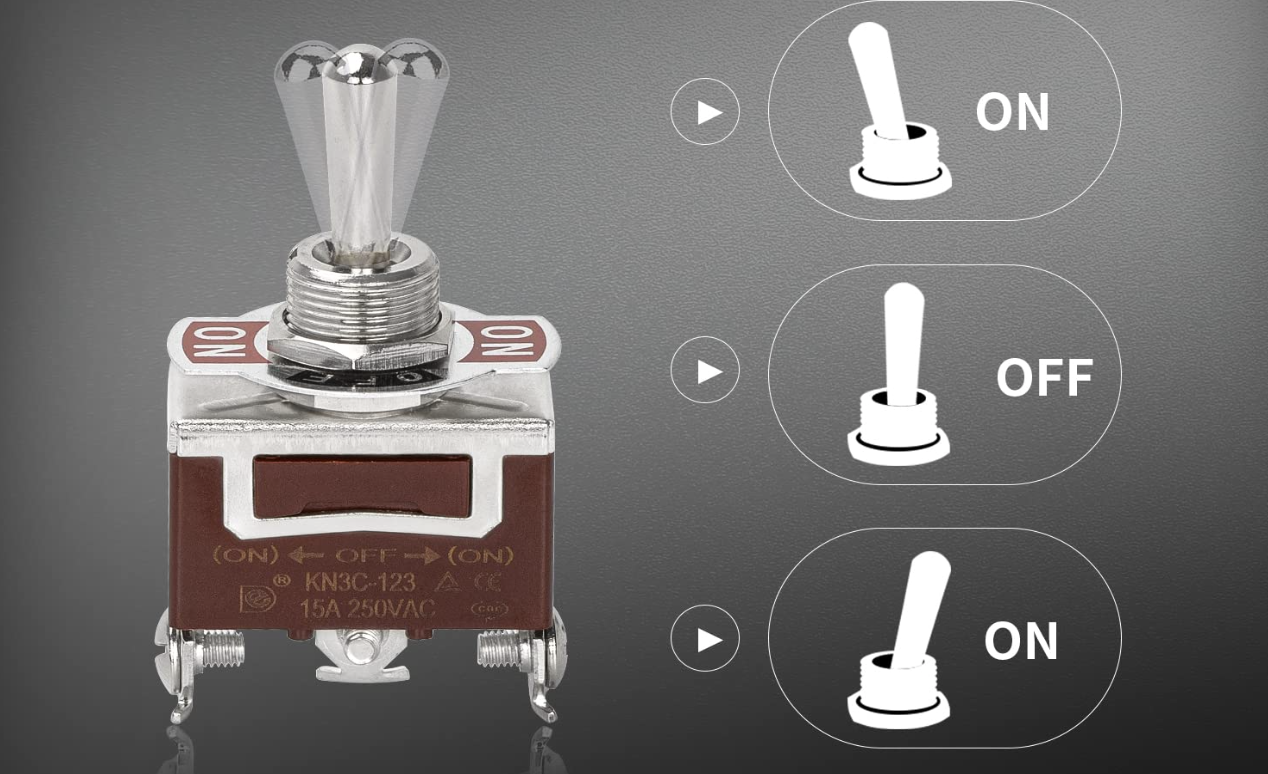
A single pole switch is one of the most common types of electrical switches used in residential and commercial applications. Here’s a detailed overview:
Definition:
A single pole switch controls a single electrical circuit. It has two brass terminals and a ground terminal, allowing it to either complete or break the circuit when toggled.
Features:
- Simple Operation: It operates by simply turning the electrical current on or off.
- Two Positions: Typically has two positions – ON and OFF.
- Single Circuit Control: Manages a single electrical circuit, meaning it controls one set of lights or an electrical device from one location.
Uses:
- Lighting: Commonly used to control lights in rooms, hallways, and other areas where only one switch is needed.
- Appliances: Can be used to control simple appliances or devices.
- Fans: Often used for ceiling fans where a simple on/off control is sufficient.
Installation:
- Wiring: Has two screw terminals for the hot wires (one in, one out) and a green screw terminal for the ground wire.
- Location: Installed in standard electrical boxes and controlled from a single location.
Example Scenario:
If you have a light in a room that you want to turn on and off from one switch near the door, a single pole switch is what you would use.
How It Works:
- OFF Position: When the switch is in the OFF position, the electrical circuit is open, and no current flows to the light or device.
- ON Position: When the switch is flipped to the ON position, the circuit is completed, allowing current to flow and power the light or device.

Variations:
- Toggle Switch: The most common form with a lever that is flipped up or down.

- Rocker Switch: A more modern version with a flat surface that rocks back and forth to make or break the circuit.

Advantages:
- Simplicity: Easy to use and install.
- Cost-Effective: Generally inexpensive and widely available.
- Reliability: Durable and has a long lifespan if used within its electrical rating.
Conclusion:
A single pole switch is a fundamental component in electrical systems, providing basic on/off control for a single circuit from a single location. Its simplicity and reliability make it an essential part of everyday electrical usage.





